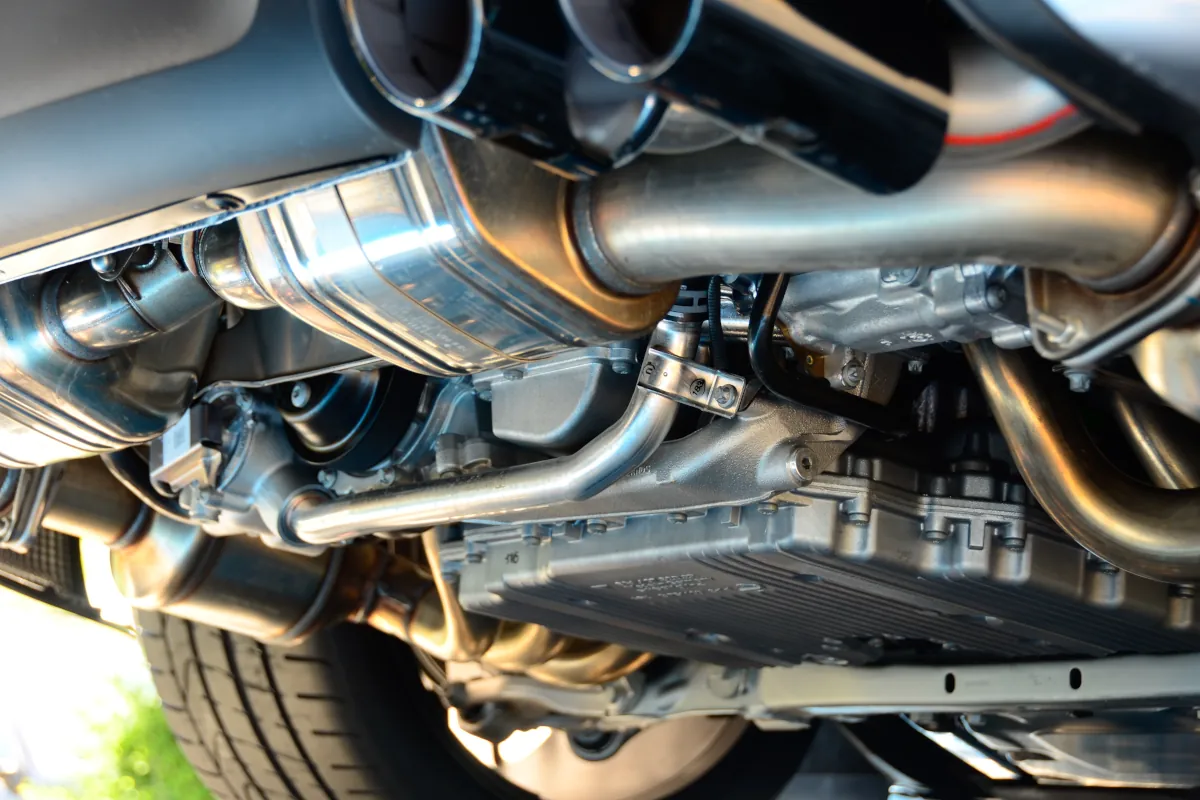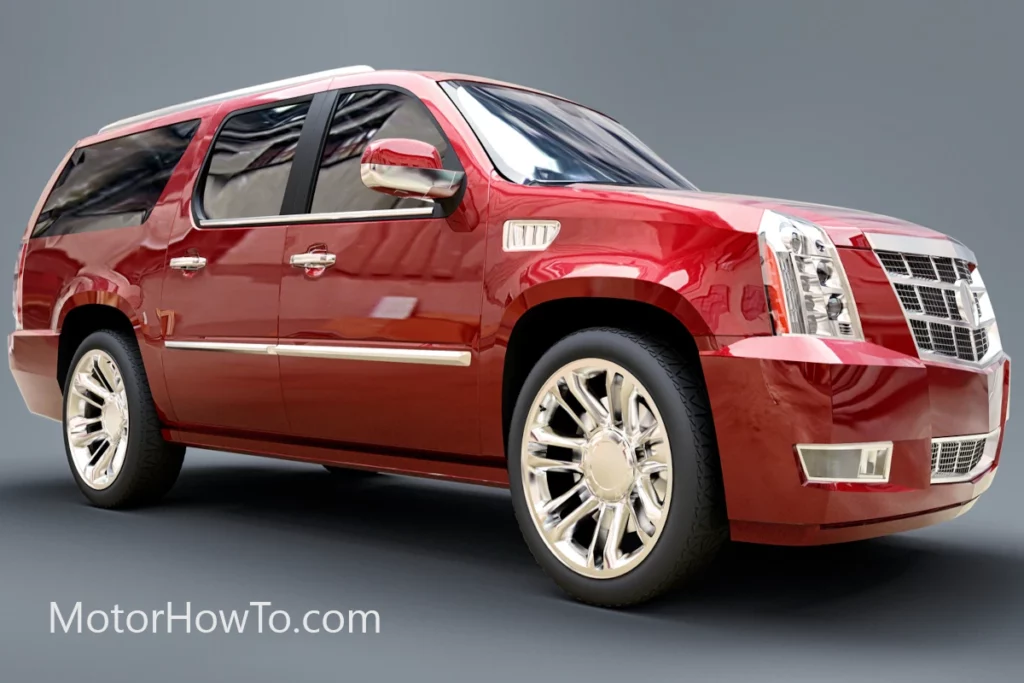One of the things you don’t want to happen to your car is for its frame to bend after an accident or a collision. That’s because repairs can be costly, and there are also safety risks involved with a bent frame.
With that said, cars are not made to be fragile in the sense that the frame will easily bend in an accident. So, how fast does a car have to go for its frame to bend?
Here’s how fast a car has to go to bend the frame
There is no clear speed when it comes to how fast a car has to be to bend the frame. That’s because it takes a considerable amount of force to bend the frame. But the consensus is that frame damage can occur even though the vehicle was merely moving at a speed as low as 30 mph.

The thing you need to know when it comes to frame damage is that it depends on a lot of different factors aside from speed.
Such factors include the size of the vehicle, the overall quality of the vehicle, and how sturdy the vehicle or obstacle it collided with is.
That is why it is very difficult to truly say how fast a vehicle has to go for its frame to be bent.
Related:
- Can You Drive A Car With A Bent Frame? (With Fixes)
- How Long Can You Drive On Unbalanced Tires? (Explained)
- Can Fender Benders Be Fixed? (Solved)
How fast does a car have to go to bend the frame?
One of the things you can never predict is an on-road collision because, no matter how safely you are driving, there is still a chance that the other driver might be driving in a careless manner. Of course, there are also some instances where you might not be able to prevent an accident while you are driving. The best you can do is to make sure you are driving as safely as possible.
That said, one of the things you will never want to happen to your vehicle after a collision is for its frame to bend. The reason is that a bent frame can be quite expensive to repair and that there are some safety risks involved when it comes to a bent frame.
So, in that regard, how fast should a car be moving for its frame to get bent in a collision?
The thing you need to know regarding collisions is that you can still get a bent frame even if you are going 0 mph. That’s because, in collisions, the overall impact is determined by the difference in speed between the two things that are colliding. This means that a car’s frame can still be bent even if your car isn’t moving, but the other one accidentally collided with your vehicle, maybe in a parking lot.
In short, you have to look at the difference in speed between the vehicle and the other vehicle or obstacle it collided with. For example, if you are moving at a speed of 40 mph and you bump a vehicle from the rear moving at 30 mph, then it is 40 mph – 30 mph. The difference in speed is only ten mph, which might not be enough to cause any serious damage to any of the two vehicles.
However, if you are driving on the other lane to overtake a slower vehicle but you didn’t notice that there was another vehicle in the other lane, that is a totally different situation compared to the abovementioned example. So, let’s say you overtook on the opposite lane at 60 mph and then you collided with a vehicle going the opposite direction at 50 mph, then the difference would now be 60 minus -50, which becomes 60 + 50 if you know your basic math. As such, the total speed of the collision becomes 110, which might be more than enough to cause a lot of damage to either or both vehicles.
In the same way, if you are moving at 40 mph and you accidentally hit a post, the total speed of the collision is 40 mph by virtue of 40 – 0.
Going back to our point, it is not definite how fast a vehicle needs to go for the frame to get bent during a collision. However, what is generally believed is that a vehicle going as slow as 30 mph can still get its frame bent in an accident.
Using the abovementioned principles, this could be a vehicle moving at 30 mph colliding with an obstacle such as a wall or a post. It could also be two vehicles going 15 mph colliding headfirst. Or it could be a vehicle moving at 70 mph hitting another vehicle moving at 40 mph from behind.
Aside from the speed, there are other factors that you need to consider when it comes to the impact required to bend a car’s frame. This includes how strong the frame is and how sturdy the other car or the obstacle it collided with is. That’s because if your smaller car collided with a bigger car, even if neither of you was moving at really fast speeds, there is still a chance for your frame to get bent due to how much force the other car was carrying. As you would know in basic physics, force is equal to mass multiplied by acceleration.
Can hitting a curb bend your frame?
As mentioned, you don’t have to be in a collision with another vehicle for your car’s frame to bend. That’s because all it requires is for your car to be moving fast enough such that, when it hits an obstacle that isn’t moving, the difference in speed is enough to bend the frame.
In that regard, it could be possible for your car’s frame to bend if you accidentally hit a curb while moving at a speed that is enough. You might think that your tire hitting a curb won’t be enough to damage the frame, but you should know that the impact that the tires suffer when hitting the curb will eventually be absorbed by the frame as well.
So, if you are moving at speeds that are high enough such that impact from hitting a curb is also strong enough to move its way to the frame, then there is a possibility that the frame can bend as well.
It’s similar to how landing on your feet from a high enough distance can potentially damage the knees. Your feet might be at the receiving end of the majority of the impact. But if the impact is so strong, it will make its way up to your knees or even to your hips and spine as well. In the same way, the tires might be able to absorb some of the impact when you hit a curb, but if the impact is too much, the frame can potentially bend.
Can you bend your frame while driving reverse?
While most cars move in reverse somewhere between 20 to 30 mph, there is still a possibility for your frame to bend in such an instance. Why is that? Well, let’s go back to our discussion regarding two vehicles moving in opposite directions colliding with one another.
Let’s say you are only moving in reverse at a speed of 20 mph. However, you didn’t realize that a vehicle behind you was moving at 20 mph. So, if you get the total difference in speed between the two vehicles, you will get 40 mph, which might be more than enough to bend a car’s frame.
Sources
How much force does it take to bend a car frame?
Can you drive a car with a bent frame?



